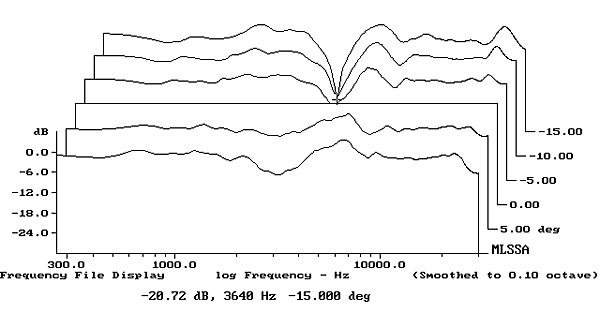Correct, we hear predominantly laterally with 2 laterally evolved ears. Enjoy your B&Ws
He doesn't own them, and gave a preference against a more recent model, based on owning them in the past. He made this clear when I referred to them in regard to him.
He defends others having the right to own B&Ws, and while I'm, er, biased against them and would only recommend them after somebody has rejected speakers that better fit the average person's likely controlled preference, owning B&Ws isn't illegal or invalidated by the research, and it's therefore a valid choice.
What's the current position on wavelengths, driver separation and "virtual" point sources? Have the older ideas that you could have a virtual point source been rejected, even in the horizontal plane? I don't have any reference works available at the moment.

